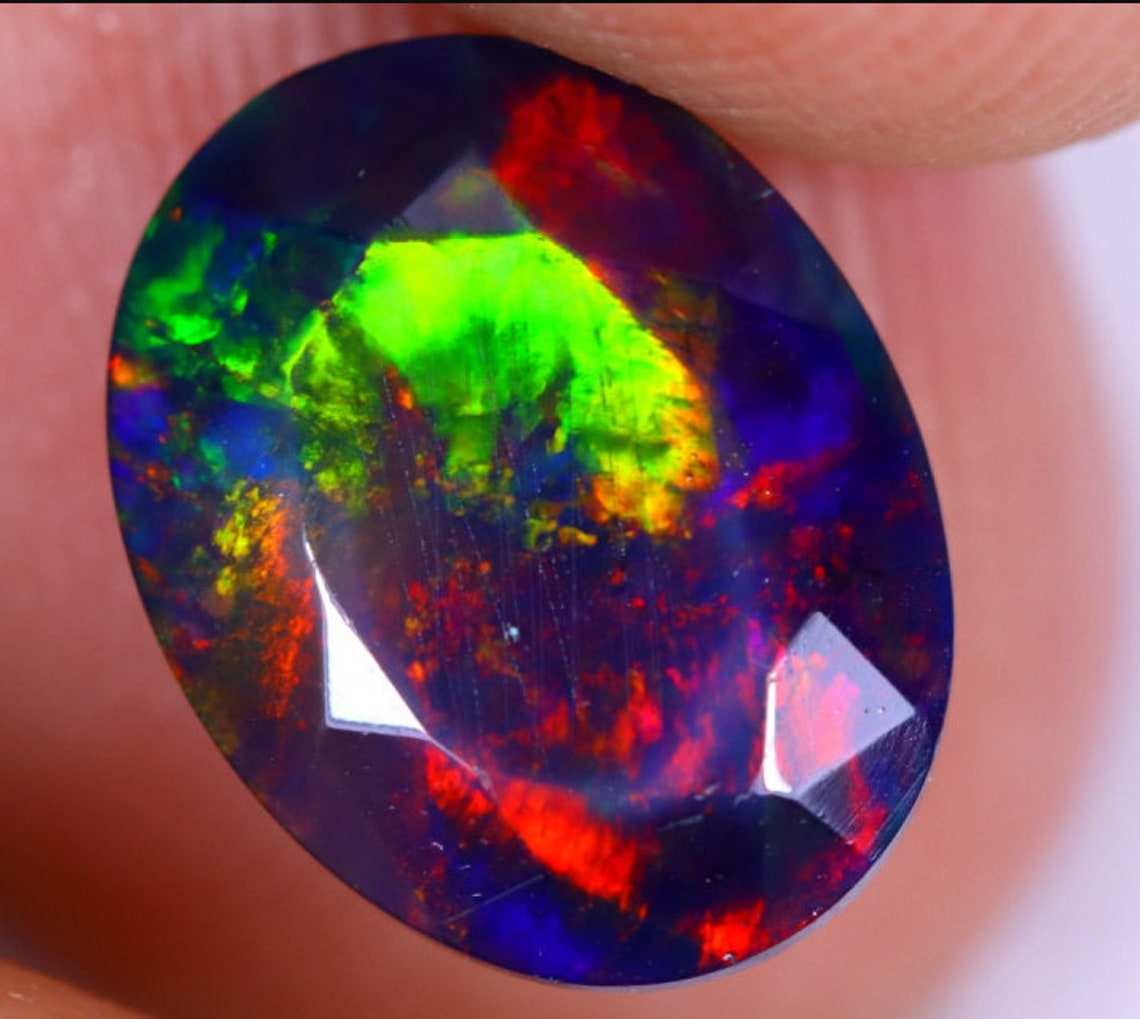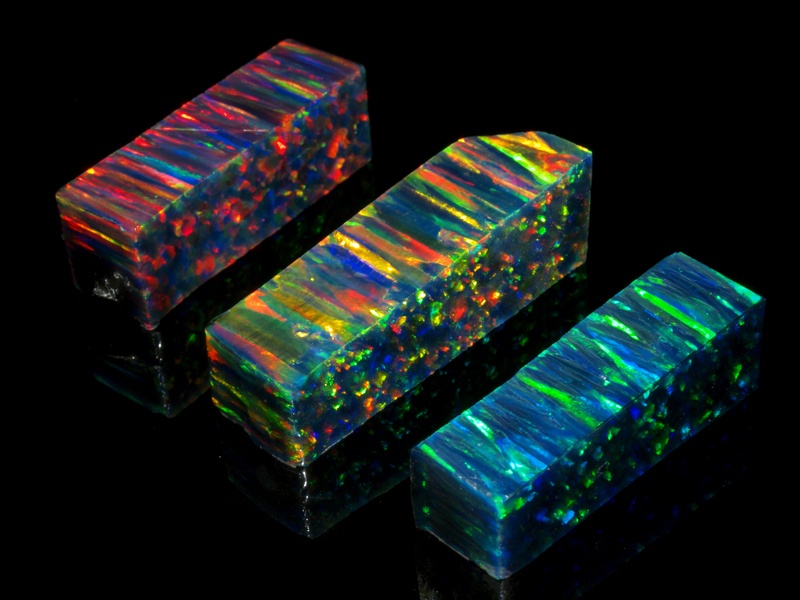

This is partly because play-of-color tends to stand out attractively against a dark background. Even though there are many different categories for opals, here are the main five types:Īll other quality factors being equal, many buyers favor the dark background color of black opal. Opals are often divided into types based on background color.

Courtesy Mariora, Surfer’s Paradise, Australia This black opal has a lot of red play-of-color, which is considered highly desirable. Background color-also called bodycolor-is caused by the suspension of tiny impurities within opal’s silica spheres. Opal displays background color in addition to play-of-color. An opal might display a single color, two or three colors, or all the colors of the rainbow. Look for the presence of matrix, crazing, pits, etc.Ĭonsider the opal’s symmetry, thickness, polish, sizing and calibration. Is it transparent, semi-transparent, translucent, semi-translucent or opaque? Is it a black opal, white opal, crystal opal, etc.?ĭetermine the ratio and quality of its play-of-color:Ĭonsider the percentage of play-of-color compared to background color, its intensity, dominant hues, range of color and pattern. Rotating the opal against a background helps when you’re determining its type and evaluating its play-of-color and cut. Opal evaluation should be done under controlled lighting on a dark background. Clarity-Transparency and quantity of inclusions.



 0 kommentar(er)
0 kommentar(er)
